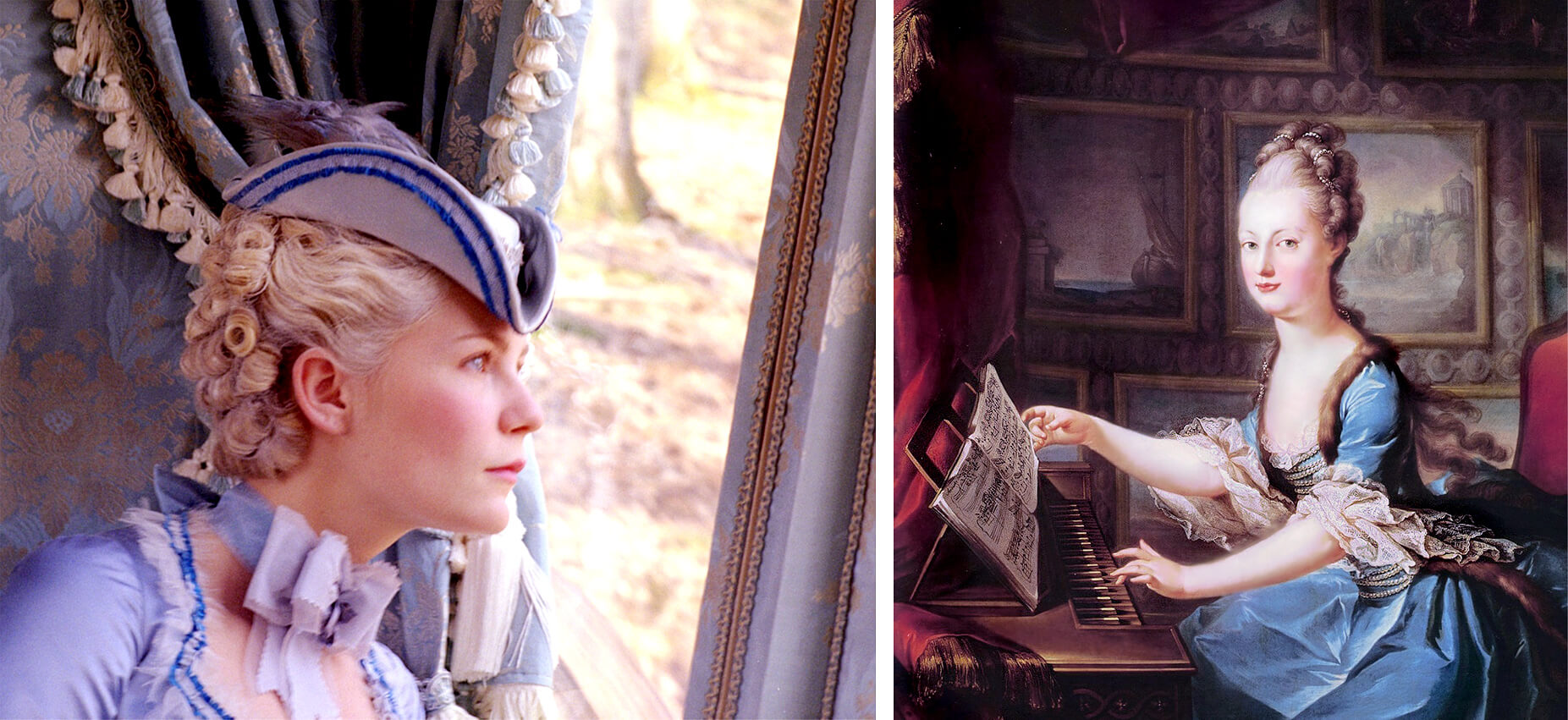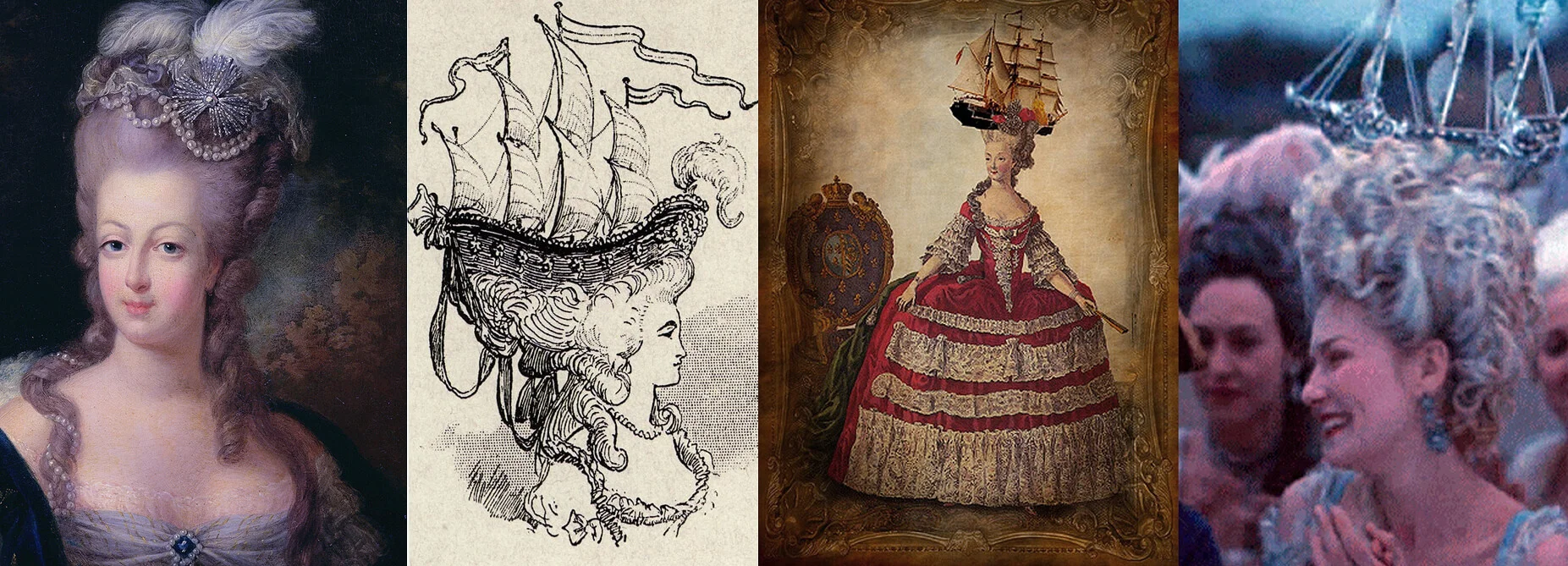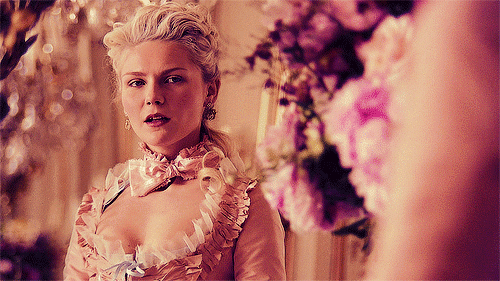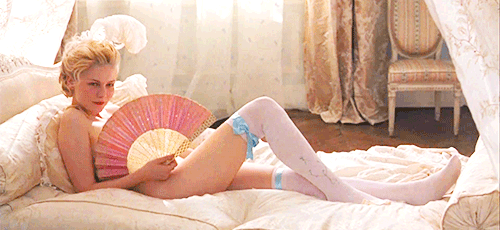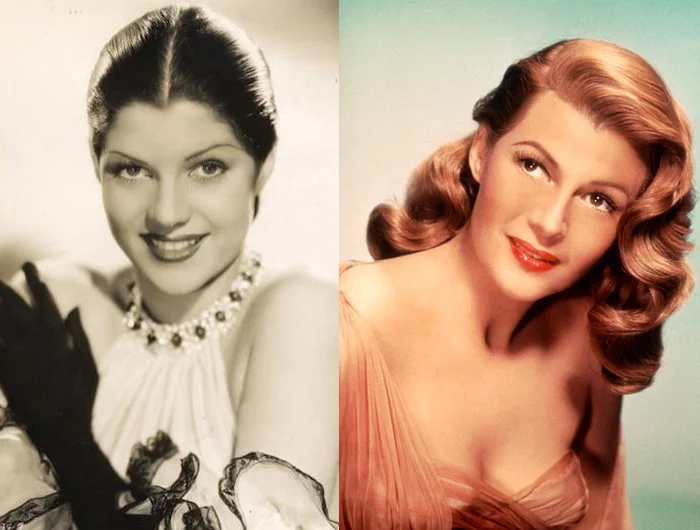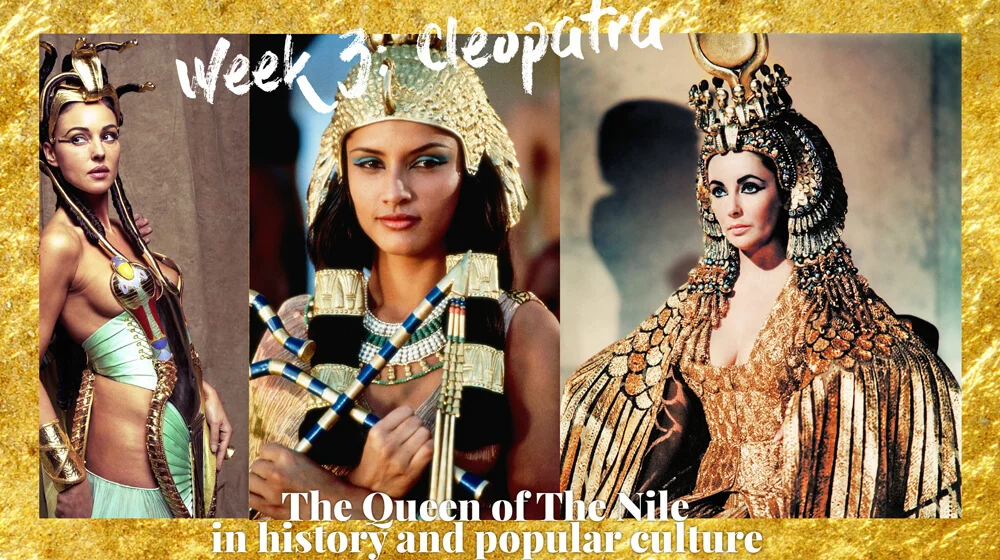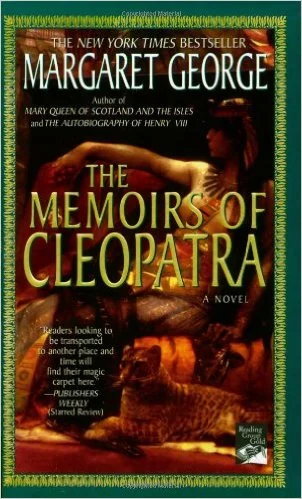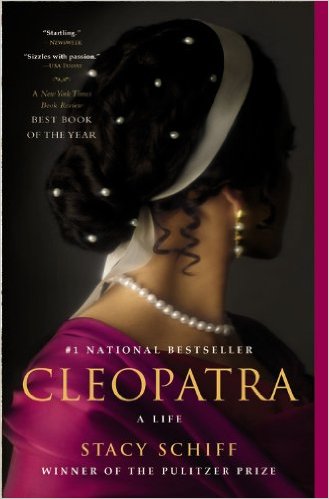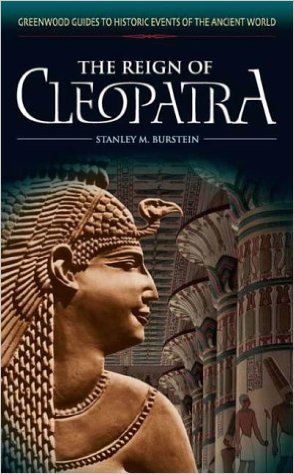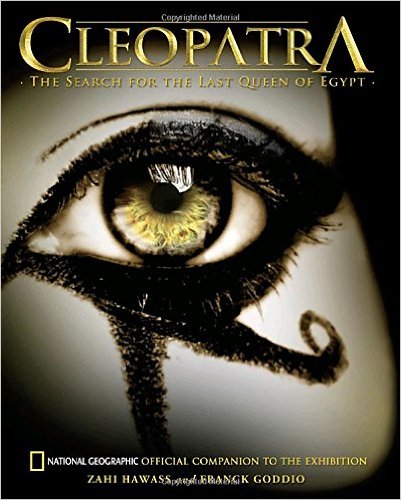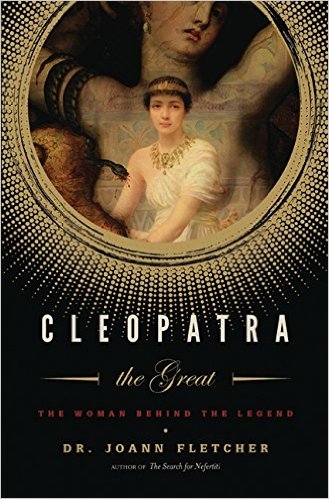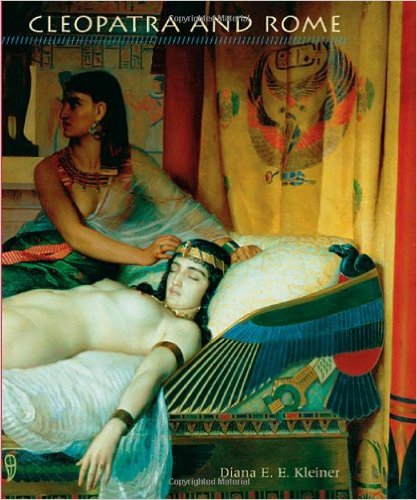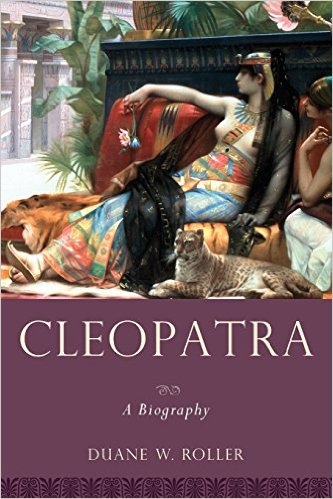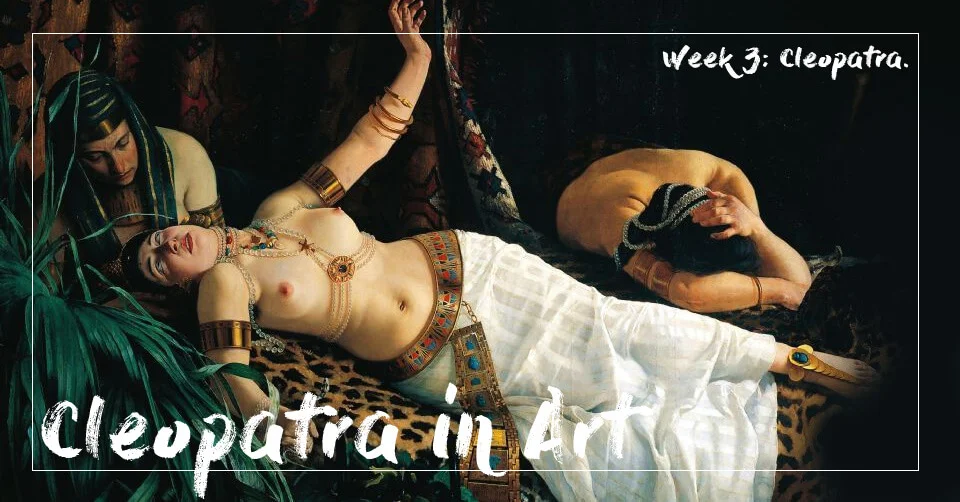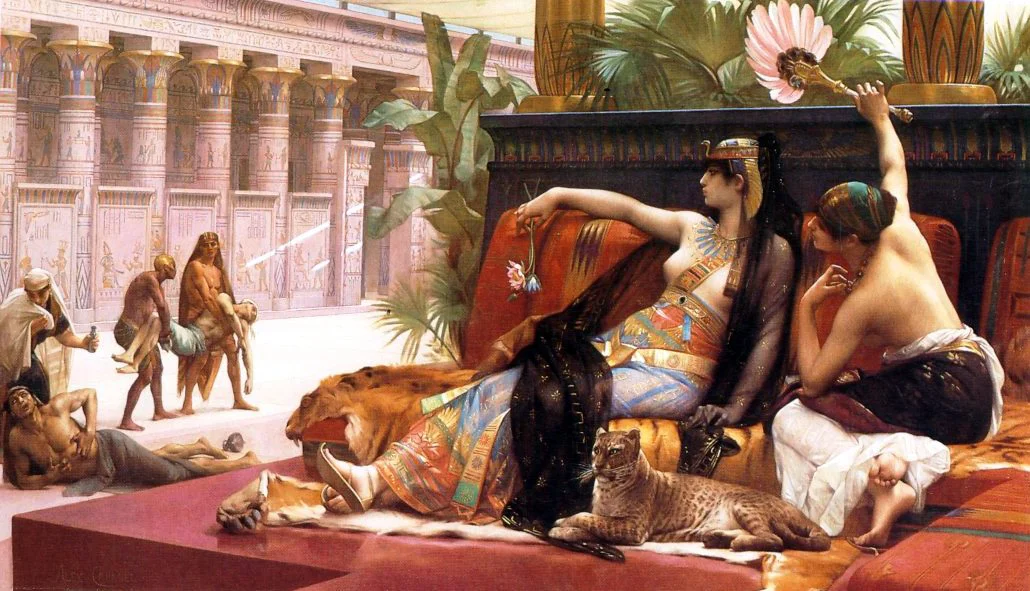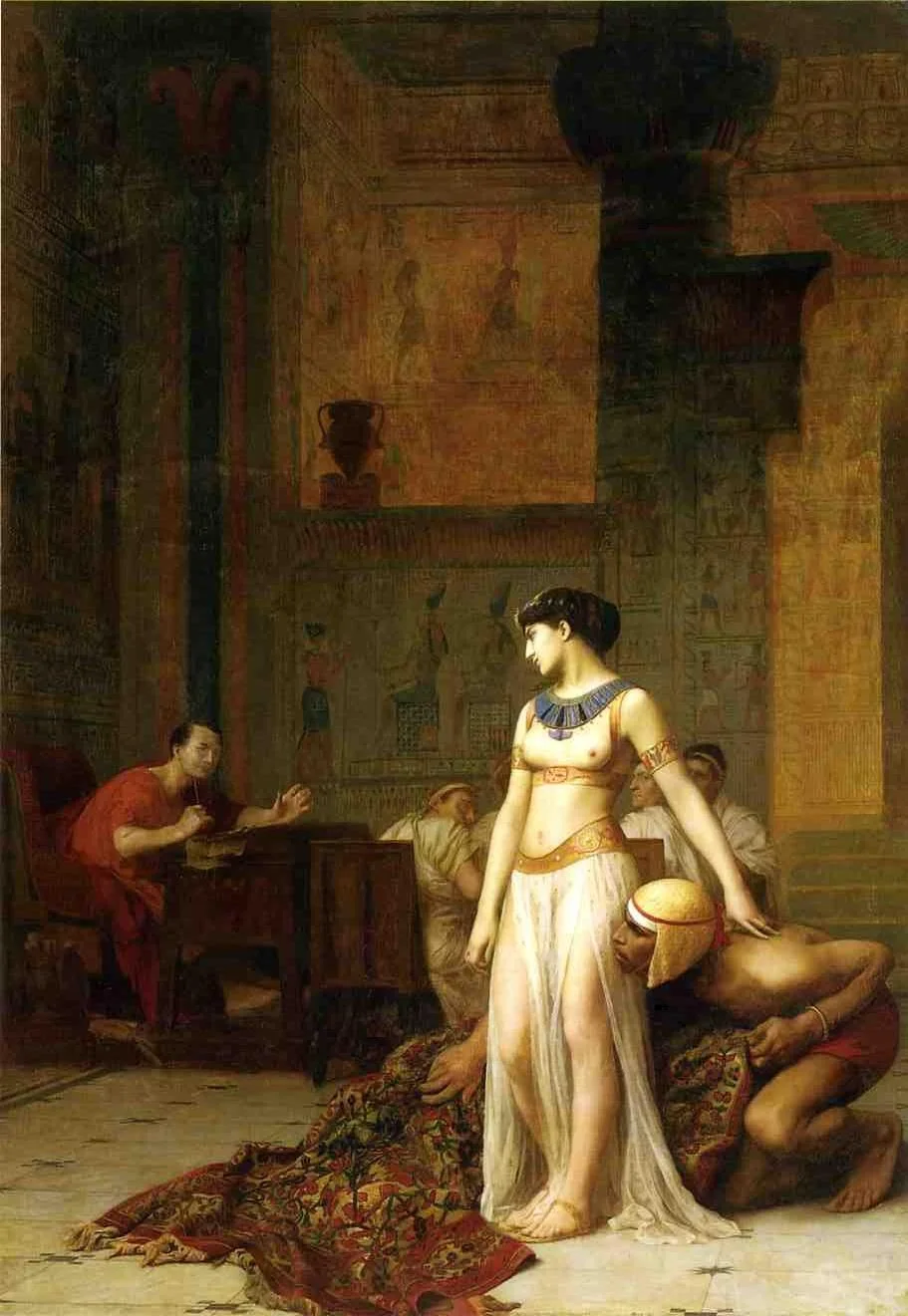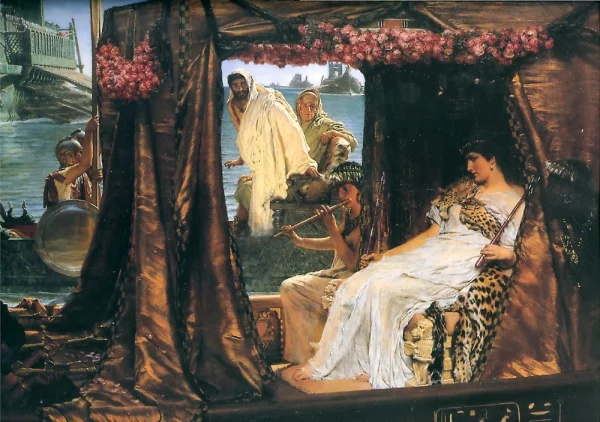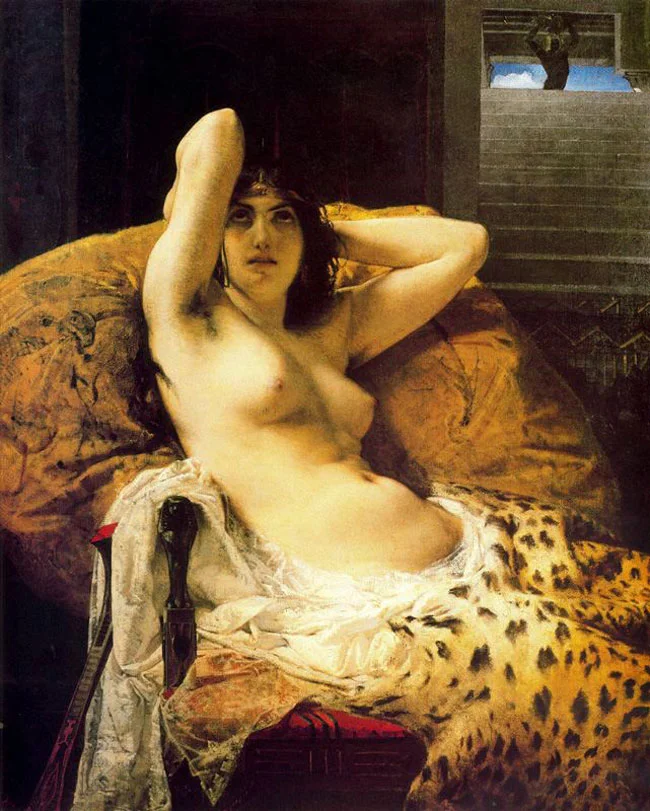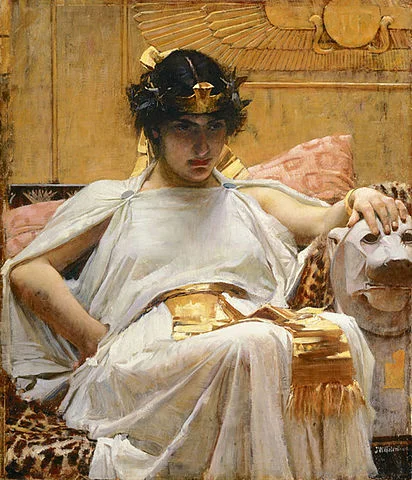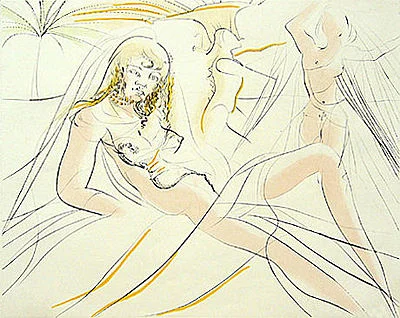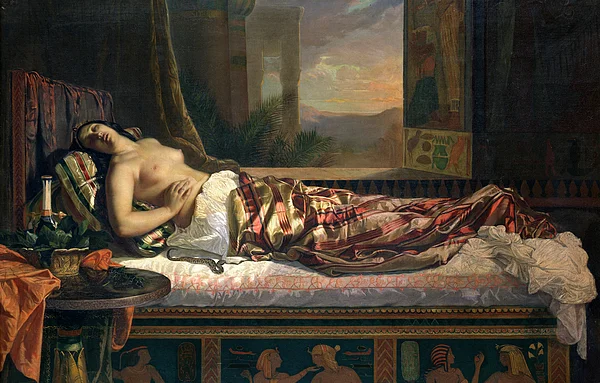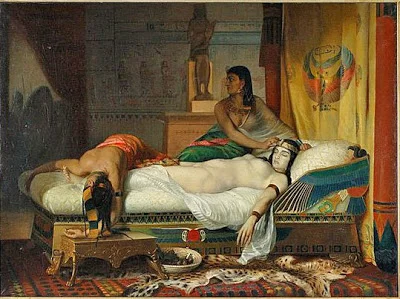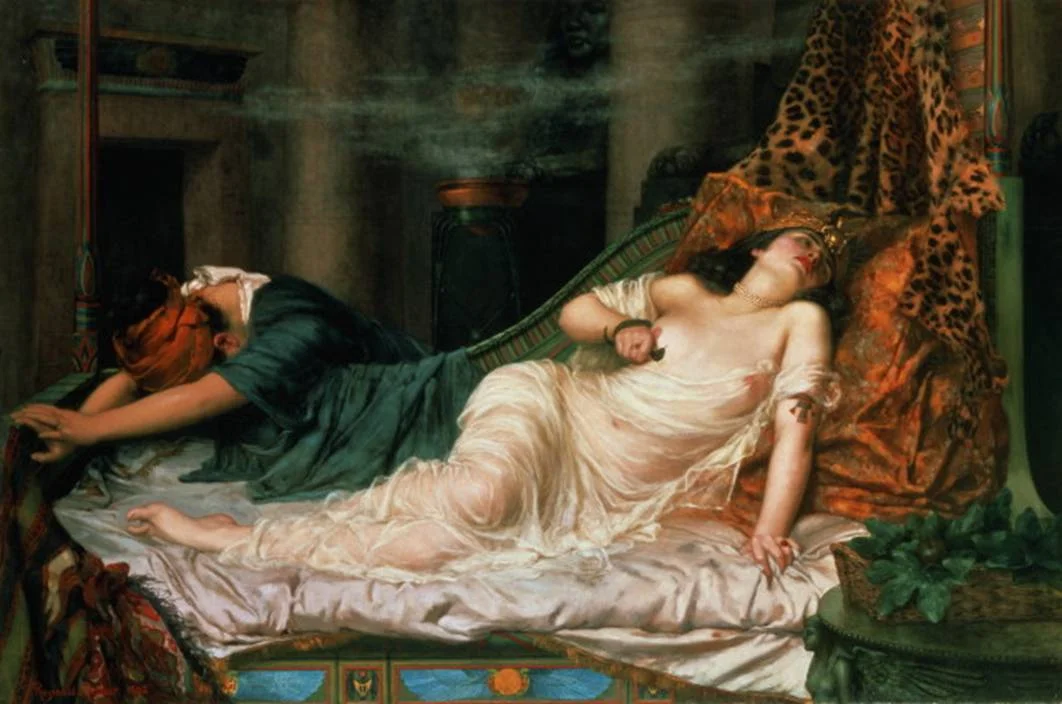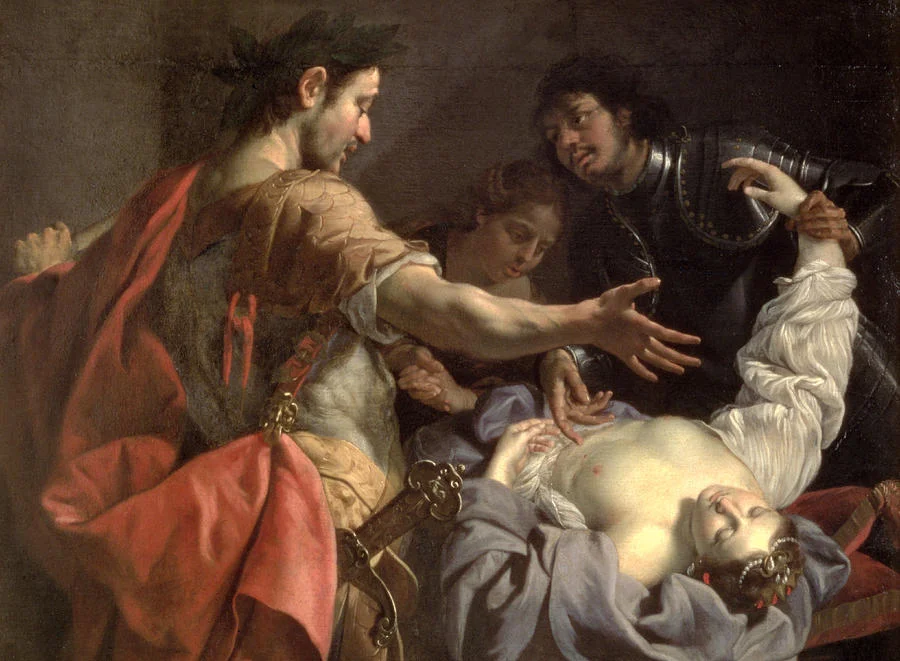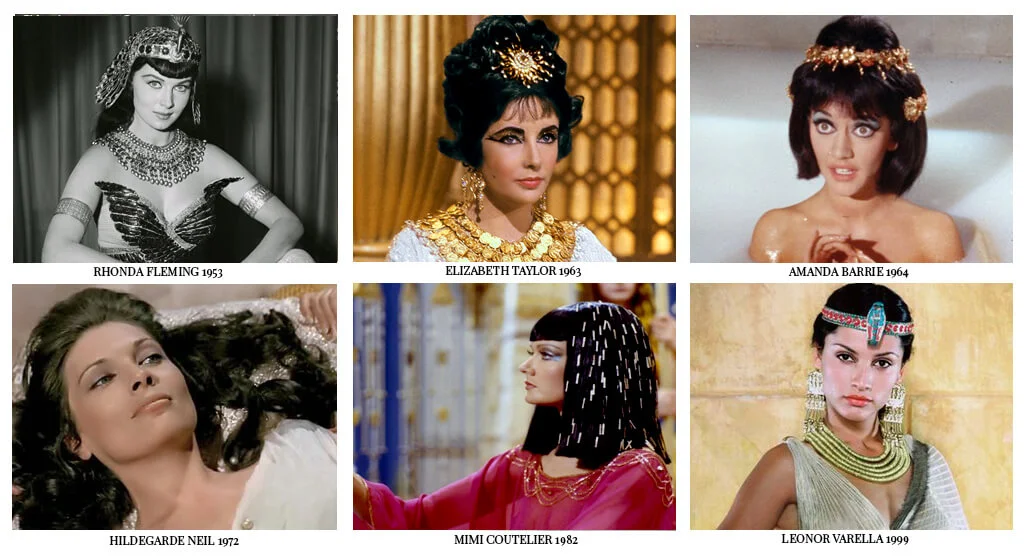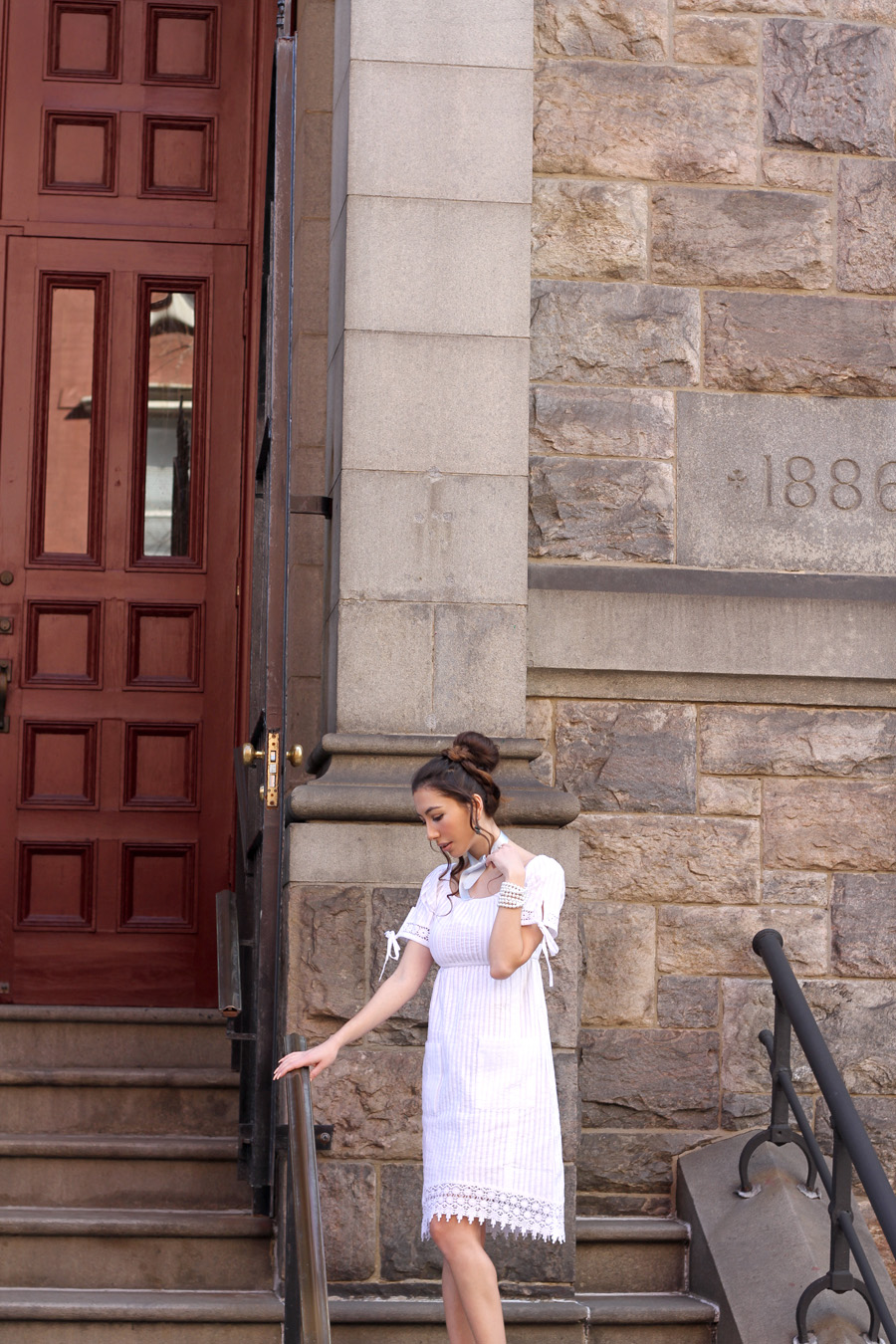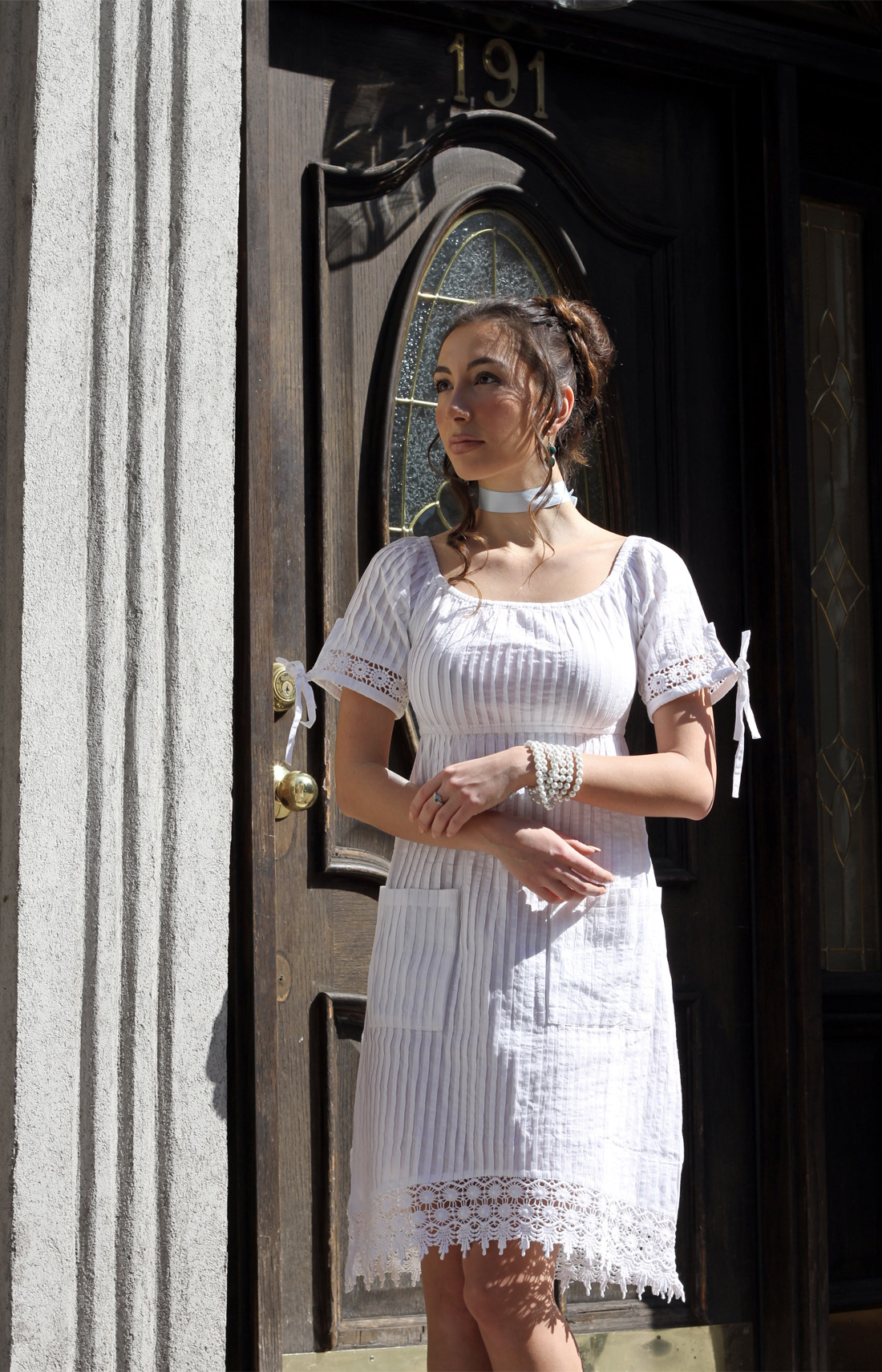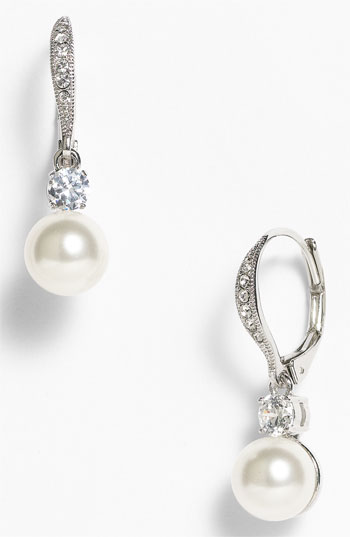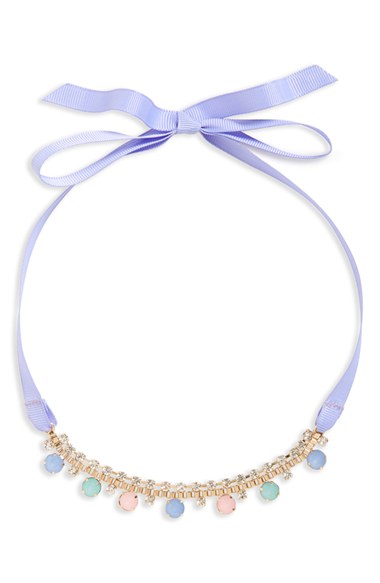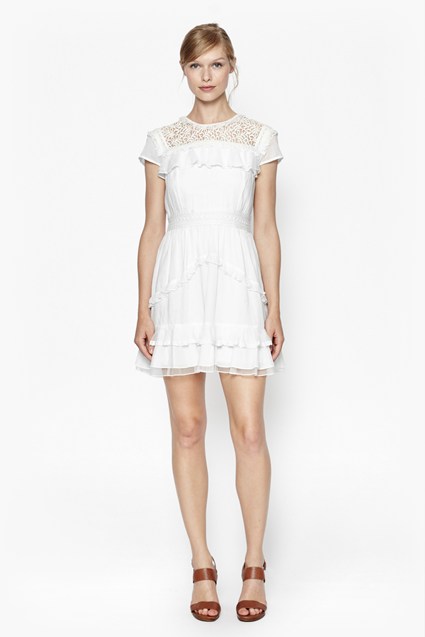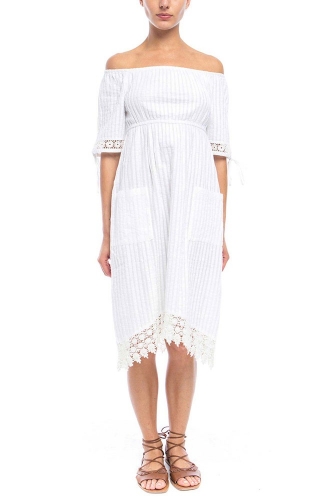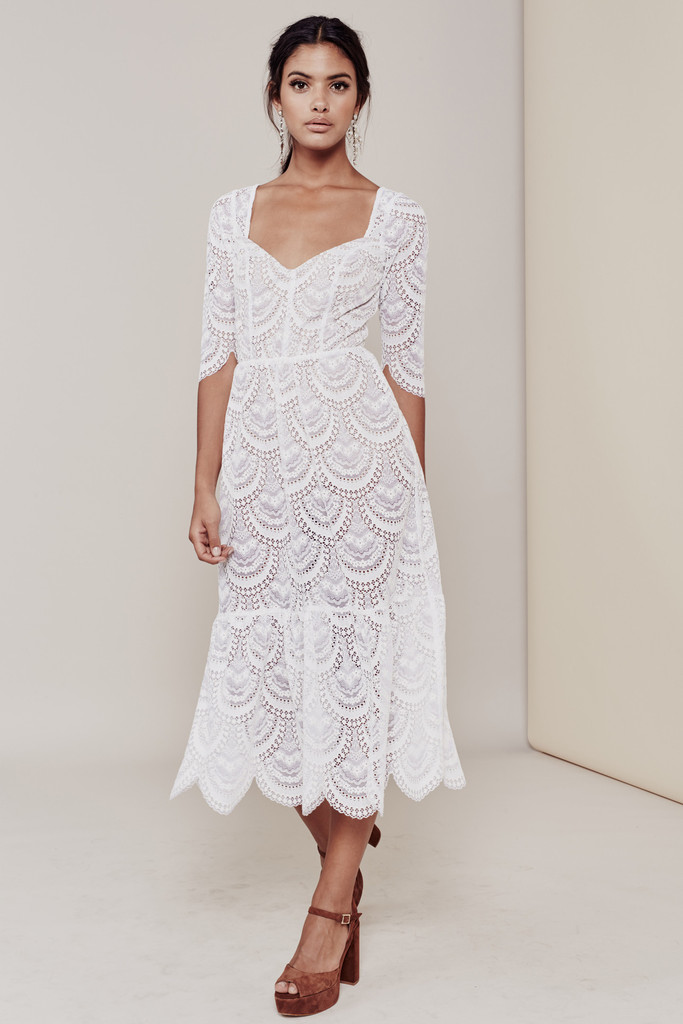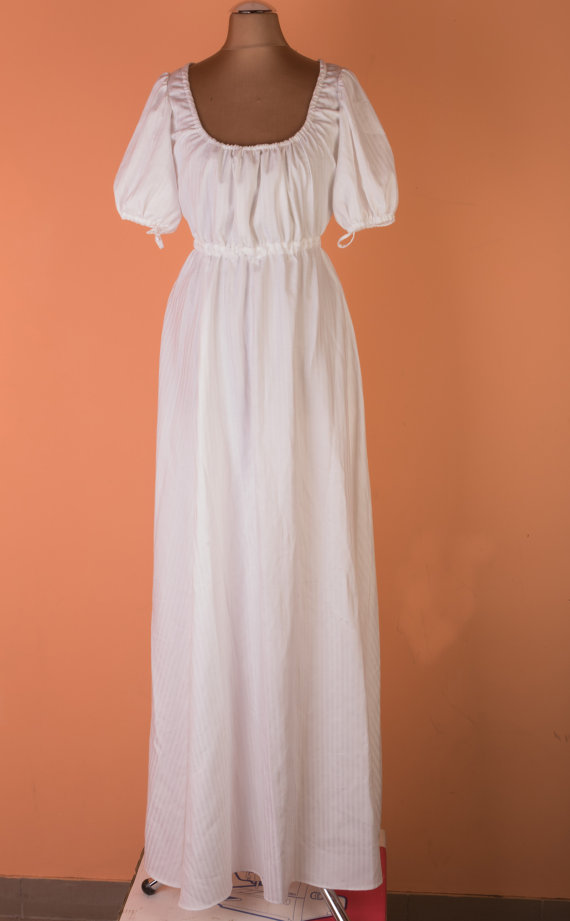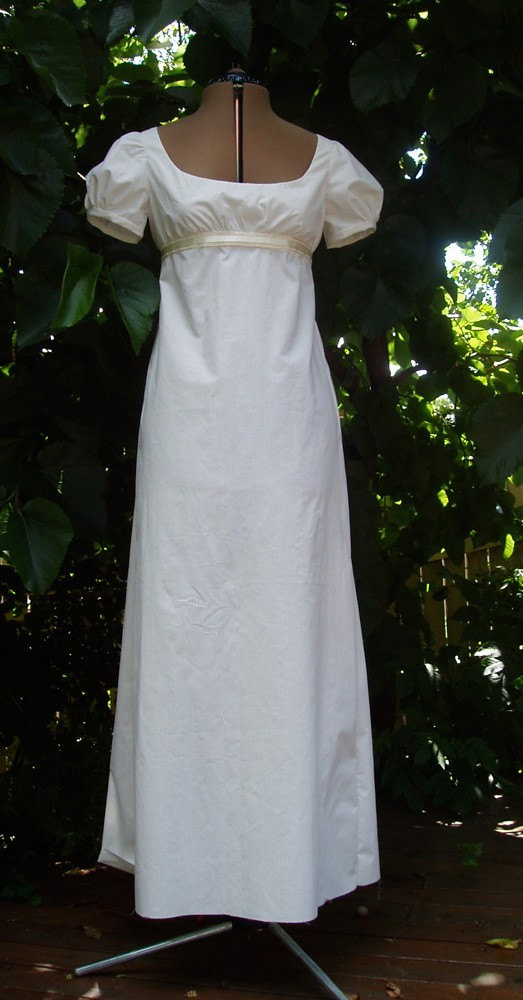The 6th Week on Pastiche.today is dedicated to probably the most fashionable and famous queen of France - beautiful Marie Antoinette. Her extravagant, over the top lavishing lifestyle, expensive tastes and lively personality made her one of the most scandalous figure of the 18th century. During her reign, the queen spent enormous amounts of money on myriads of fancy dresses, shoes and jewellery and parties. Thus, led to her extreme unpopularity among the common people and fuelled the French Revolution that changed the history of France forever. In 1793 the King Louis xvi and his wife, the Queen Marie Antoinette have been executed by guillotine on Place de la Revolution,
I have selected the most interesting facts about Marie Antoinette that you might never heard about! Here are
TOP 10 interesting facts about Marie Antoinette:
1. Marie was an Austrian princess.
It is a common mistake when people think that Marie Antoinette was French. She was born Maria Antonia Josepha Johanna and was the 15th child of Holy Roman Emperor Francis I and Maria Theresa, Queen of Hungary and Bohemia – the rulers of Austria. At home they called her Antonia, but after she moved to France, she changed her name to something more française, to Marie Antoinette.
2. She had a sharp mind and many talents.
Future queen of France was growing up showing a great potential. Marie played the harpsichord, spinet, clavichord, and harp. She could speak German, French and Italian. She was also a very beautiful, graceful dancer and a talented singer. The only thing she was scolded all the time for was her poor handwriting.
3. Marie Antoinette was an ugly duckling.
Marie Antoinette was betrothed to Louis XVI of France when she was just 12. During the negotiations, the French court had made unpleasant comments about Austrian princess' appearance, noting that her teeth are crooked. Apparently it was a serious obstacle, therefore French doctor Pierre Laveran was immediately commissioned to perform very complicated and painful oral surgeries to perfect Marie's smile. These surgeries were performed on 12 years old Marie without anaesthesia and took several months in total before she could smile back at her haters, showing new straight and beautiful teeth.
4. Marie became a beauty in her teen years.
The surgeries and puberty transformed Marie into one beautiful, elegant creature. When she arrived to France at the age of 14 people loved her for her beauty and admired her bright blue eyes, porcelain white skin and ash-blonde hair.
5. It took seven years for the future king and queen to consummate their marriage.
Marie Antoinette and Louis-Auguste were married for 7 years before they finally became intimate with each other. It is believed that the dauphin was suffering from a painful medical condition that made him impotent. The gossip about the "fake" marriage was circulating all around Europe. After many years, the rather piquant and peculiar problem was resolved either by a surgery, or by other mysterious interference in the Royal chambers. Within a year, Marie bore the first princess of the couple's 4 children.
6. Marie Antoinette had a diva hairdresser.
Famous Parisian hairdresser Leonard was so in demand that he could not leave his salon in Paris often enough even for the Queen herself. He had appointments with her only on Sundays at a very strict time.
Leonard is responsible for creating Marie Antoinette's the most iconic hairstyle - the pouf. The pouf was almost like a mood-board, expressing political messages, favouriting people and fashion trends, through intricate shapes and extravagant accessories. For example, Marie Antoinette wore a big sailing ship hairstyle to celebrate the alliance between France and the American colonists.
7. There is a U.S. city named in honour of Marie Antoinette.
The first permanent settlement of the Northwest Territory in 1788 was named in honour of France and the French queen, Marietta. Marietta was an affectionate nickname for the Queen. The city hasn't changed the name since and is located in the state of Ohio.
8. Marie was a coquette, beauty guru, life of a party and a trendsetter.
Bathing was one of the greatest luxuries of that time, and while most people bathed once a year. Marie had a daily baths with aromatic oils in her private bathroom. Marie would sleep wearing gloves coated with a mixture of wax, rose water and sweet almond oil to keep her hands soft and young.
Marie Antoinette also had an envious wardrobe as she ordered about 300 gowns a year. She also purchased shoes, jewellery, accessories, hats, make up products, expensive perfumes, essential oils and other "beautiful thing" almost every single day! She was also a heavy gambler and spent close to $7 million dollars by today's standards on her "pleasure house". Her unpopularity with the French crowd was growing as fast as her bills.
9. Marie showed a great bravery and wisdom at the end of her reign.
Before the French Revolution threats, Marie was not heavily involved in political decisions, and as she often wrote, had a very little influence over her husband's decisions. However, when revolution was about to break out in France, the Queen started actively seeking ways to save her family and the monarchy why the King remained indecisive and apathetic. She was meeting with ministers and ambassadors, was writing to other Royals seeking for military support. Many was offering help to the Queen, however she was refusing to escape France without her entire family. Unfortunately, their only attempt to escape was a late made decision, and they were all captured within 24 hours.
10. She remained herself until her very last breath.
Unfortunately, Marie Antoinette was beheaded on October 16, 1793. Her last words are reported to have been, “Pardon me, sir, I did not mean to do it”, when she accidentally stepped on the executioner’s foot while climbing the scaffold.
Marie would like:
Check tomorrow for more curated Marie Antoinette theme inspired items!


